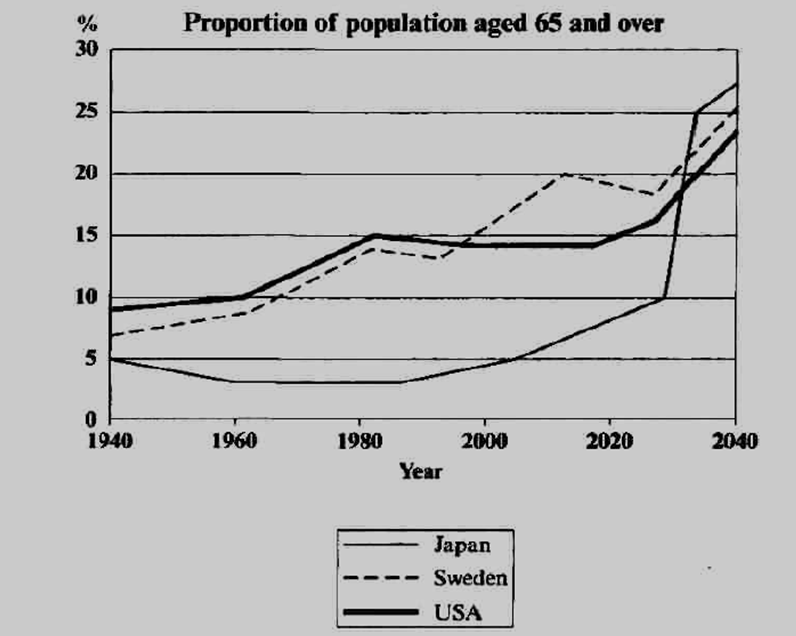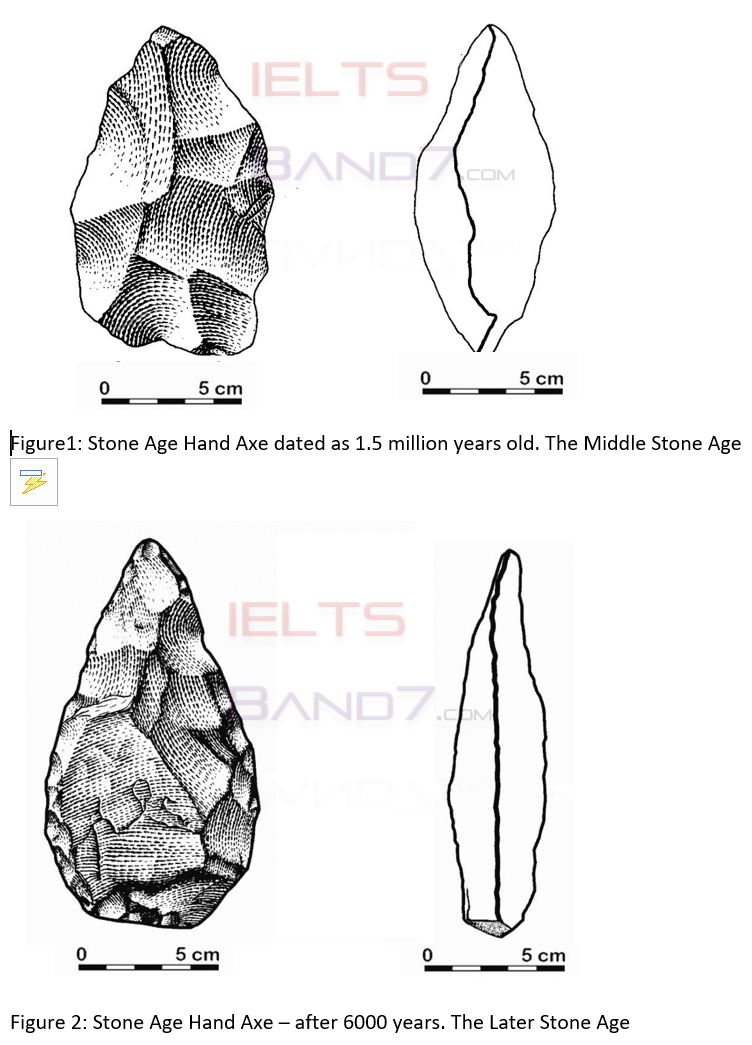IELTS Academic Writing task 1: Production and consumption of potatoes in 2006
WRITING TASK 1 : IELTS Academic Writing task 1: Production and consumption of potatoes in 2006
You should spend about 20 minutes on this task.
The tables below provide information about the consumption and production of potatoes in five parts of the world in 2006.
Summarise the information by selecting and reporting the main features, and make comparisons where relevant.
Write at least 150 words.
| Consumption of potatoes (kg per person) | |
| South and Central America | 23.6 |
| Africa | 14.1 |
| North America | 57.9 |
| Europe | 96.1 |
| Asia | 25.8 |
| Production of potatoes (in million tonnes) | |
| South and Central America | 15.6 |
| Africa | 16.4 |
| North America | 24.7 |
| Europe | 126.3 |
| Asia | 131.2 |
Sample Answer
The tables give data regarding the quantity of potatoes consumed per person (in kg) and grown (in million tonnes) in five regions in 2006.
Looking at the regional consumption, Europe was the biggest consumer with 96.1 kg potatoes eaten per person. It was followed by North America where per capita potato usage was comparatively less, only 57.8 kg. At the next levels i.e. the third and fourth, were Asia and South and Central America. These areas had similar levels of consumption, 25.8 and 23.6 kg respectively. In comparison, an average person in Africa ate less than half this amount (14.1 kg) annually, making it the smallest consumer.
As regards the production, Asia and Europe were the two largest potato producers in 2006. Their production amounted to approximately 131 and 126 million tonnes respectively. North America stood at the third position. But, its contribution was only 24.7 million tonnes which is about one fifth of the European share. The other regions, South and Central America and Africa, were far behind Europe. Each of them produced around 16 million tonnes of potatoes, nearly one eighth the European proportion.
Overall, Asia and Europe were two primary potato producing regions whereas Europe and North America were the two largest consumers.
Feel free to call for suggestions and queries.
IELTS Band 7 Dehradun
Near Ballupur Chowk, Dehradun
email: info at ieltsband7.com




